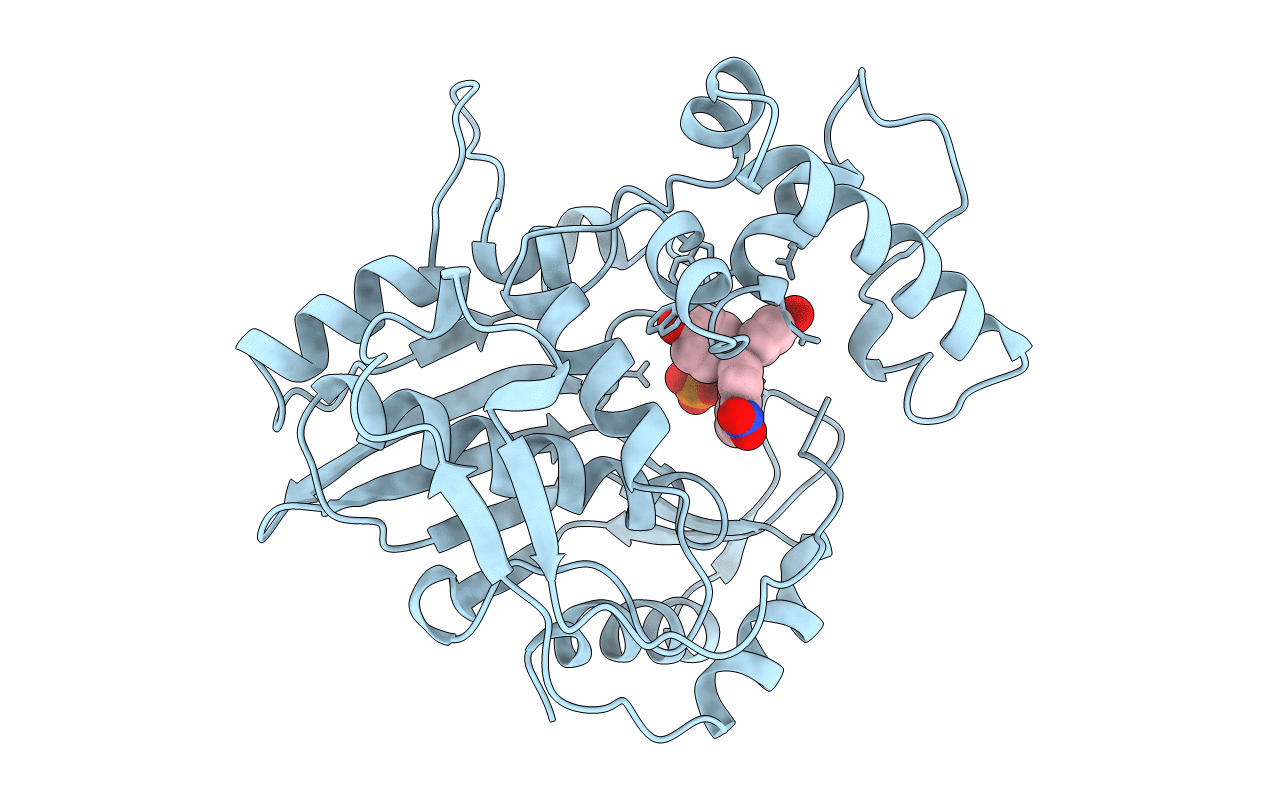
Deposition Date
1997-06-12
Release Date
1998-06-17
Last Version Date
2024-05-22
Entry Detail
PDB ID:
1TSM
Keywords:
Title:
L. CASEI THYMIDYLATE SYNTHASE WITH SPECIES SPECIFIC INHIBITOR
Biological Source:
Source Organism:
Lactobacillus casei (Taxon ID: 1582)
Host Organism:
Method Details:
Experimental Method:
Resolution:
3.00 Å
R-Value Free:
0.22
R-Value Work:
0.17
R-Value Observed:
0.17
Space Group:
P 61 2 2


